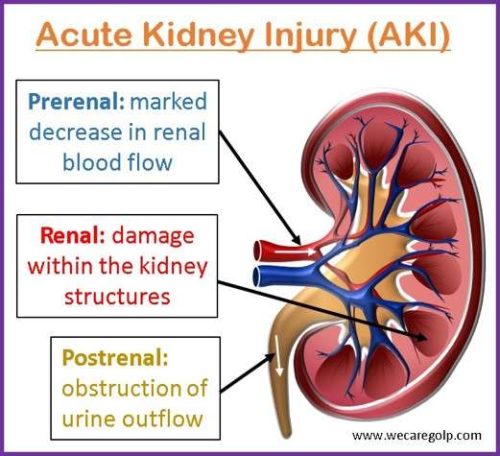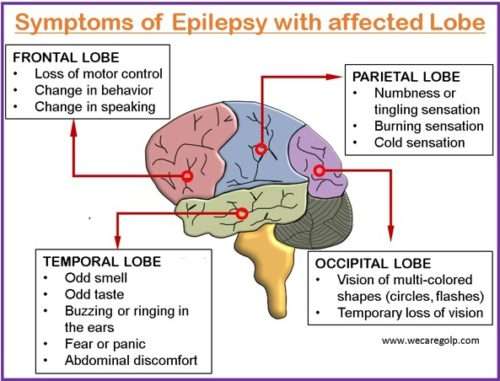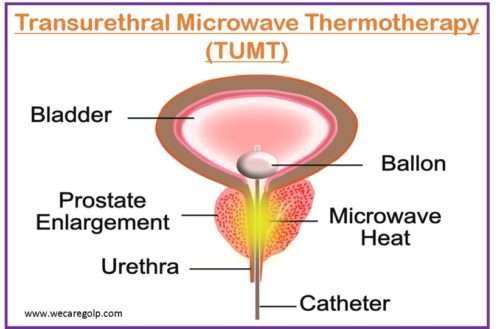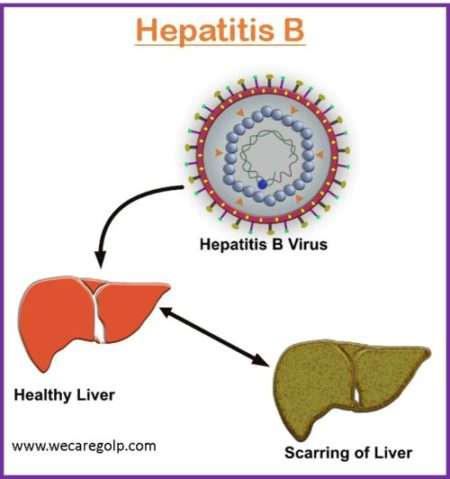Influenza (Flu): Types, Symptoms, Prevention
Introduction Influenza (Flu) is a severe, extremely contagious viral respiratory infection that is mostly brought on by the influenza virus. Influenza viruses are members of the Orthomyxoviridae RNA virus family and are divided into influenza A, B, C and D based on their main antigenic distinctions. A wide range of animal species, in addition to … Read more










